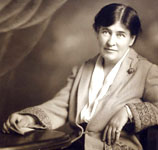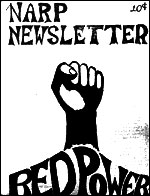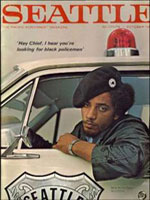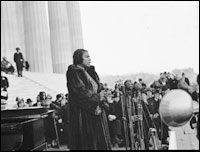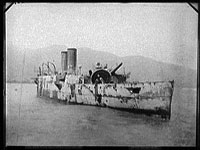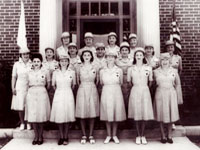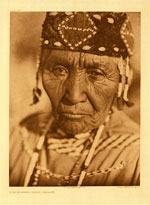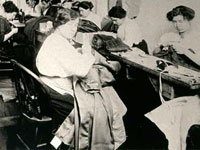Remembering Jim Crow
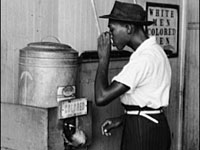
Created as a companion to a National Public Radio (NPR) documentary on segregation in the South, this website presents thirty audio excerpts from oral history interviews, ranging from one minute to ten minutes in length, and 130 photographs. Materials are arranged in six thematically-organized sections that address legal, social, and cultural aspects of segregation, black community, and black resistance to the Jim Crow way of life. As anthropologist Kate Ellis, one of the site’s creators, notes, the interviews display a "marked contrast between African American and white reflections on Jim Crow." Many of the photographs come from personal collections of the people interviewed. The website presents sixteen photographs taken by Farm Security Administration photographer Russell Lee in New Iberia, Louisiana. Also available are audio files and transcripts of the original radio documentary, more than ninety additional stories, a sampling of state segregation laws arranged by topic, links to nine related sites, and a bibliography.
